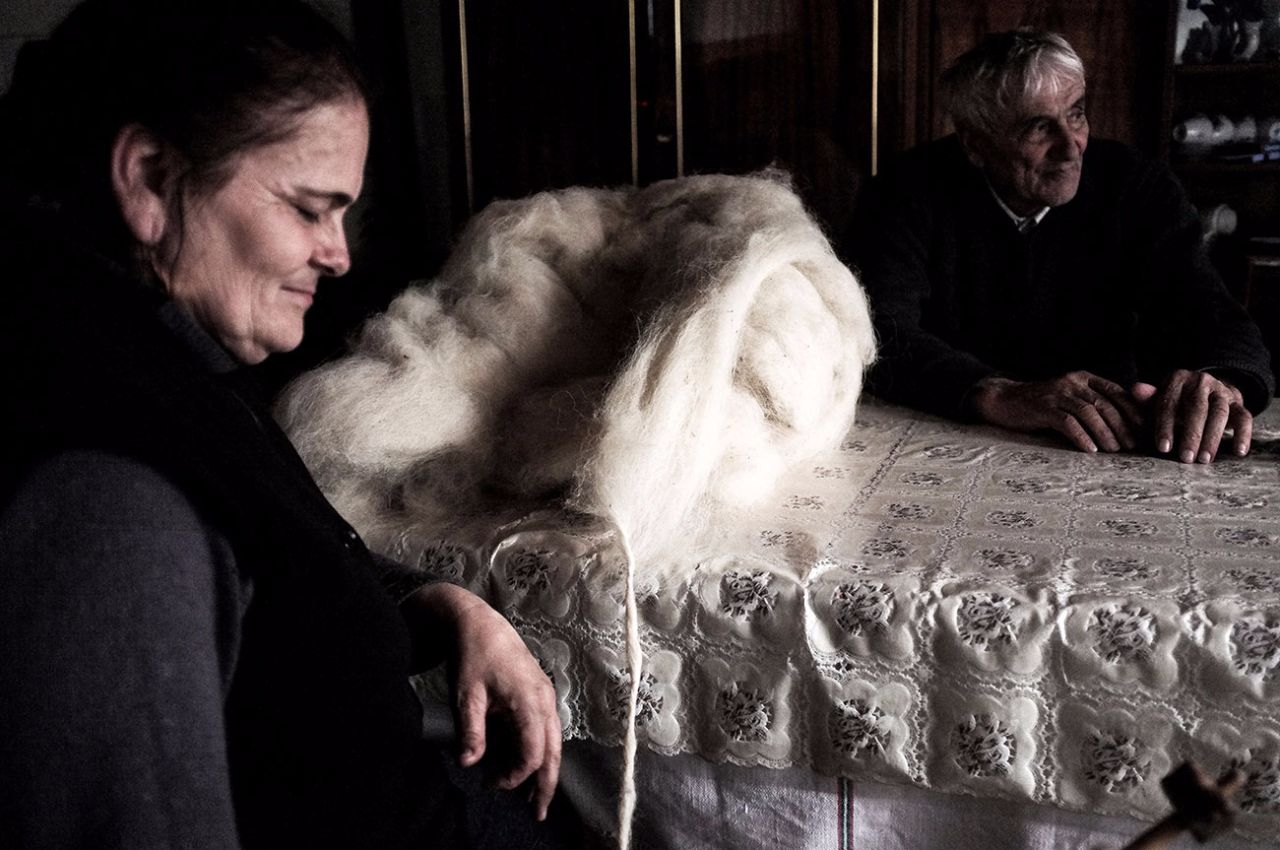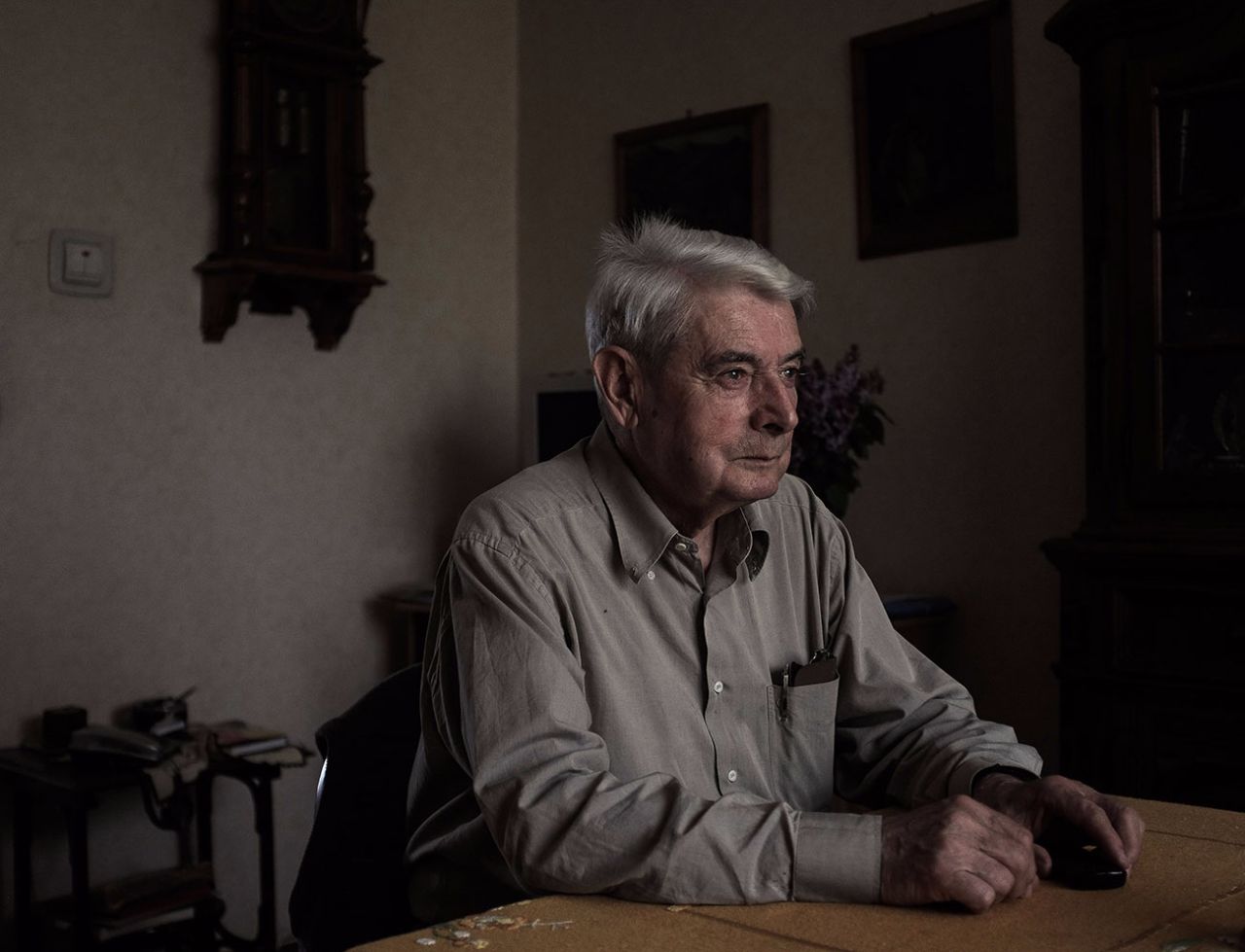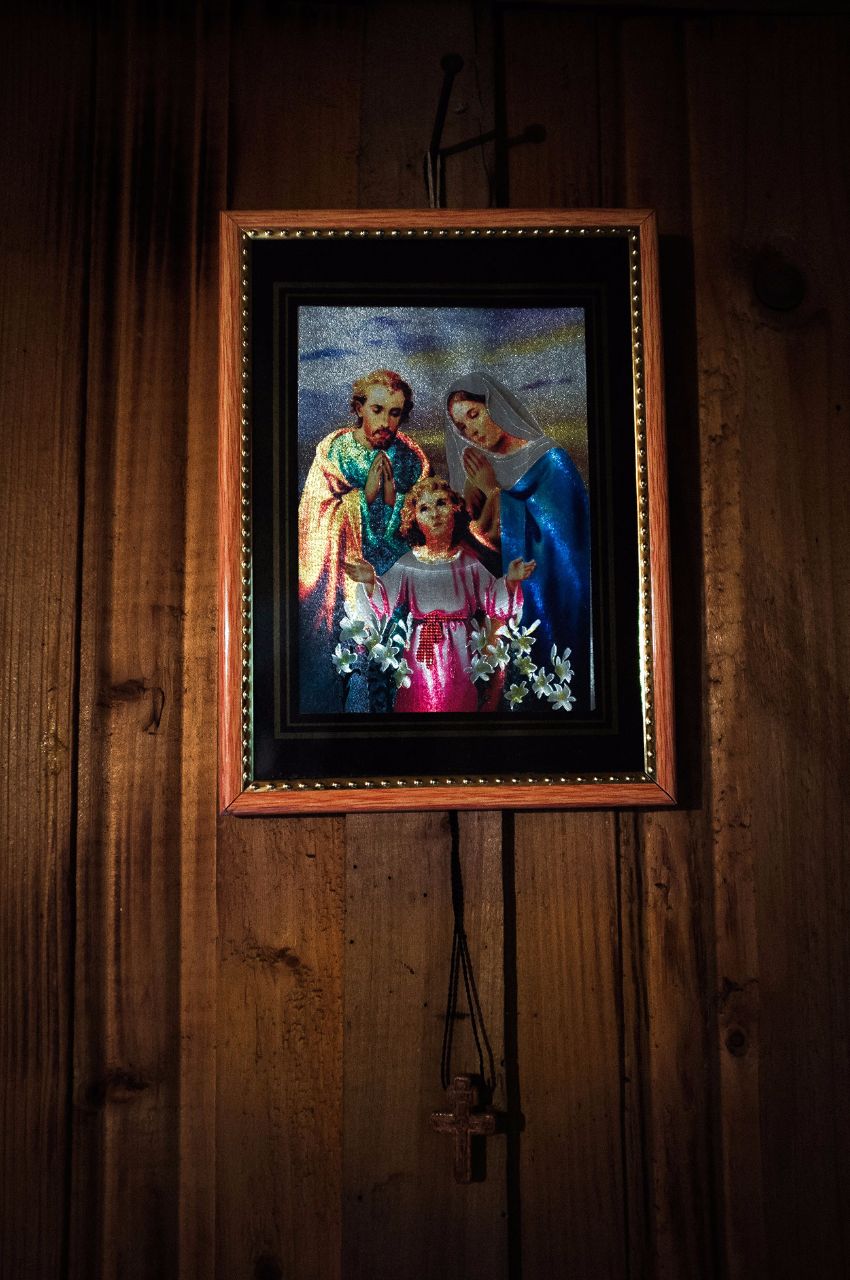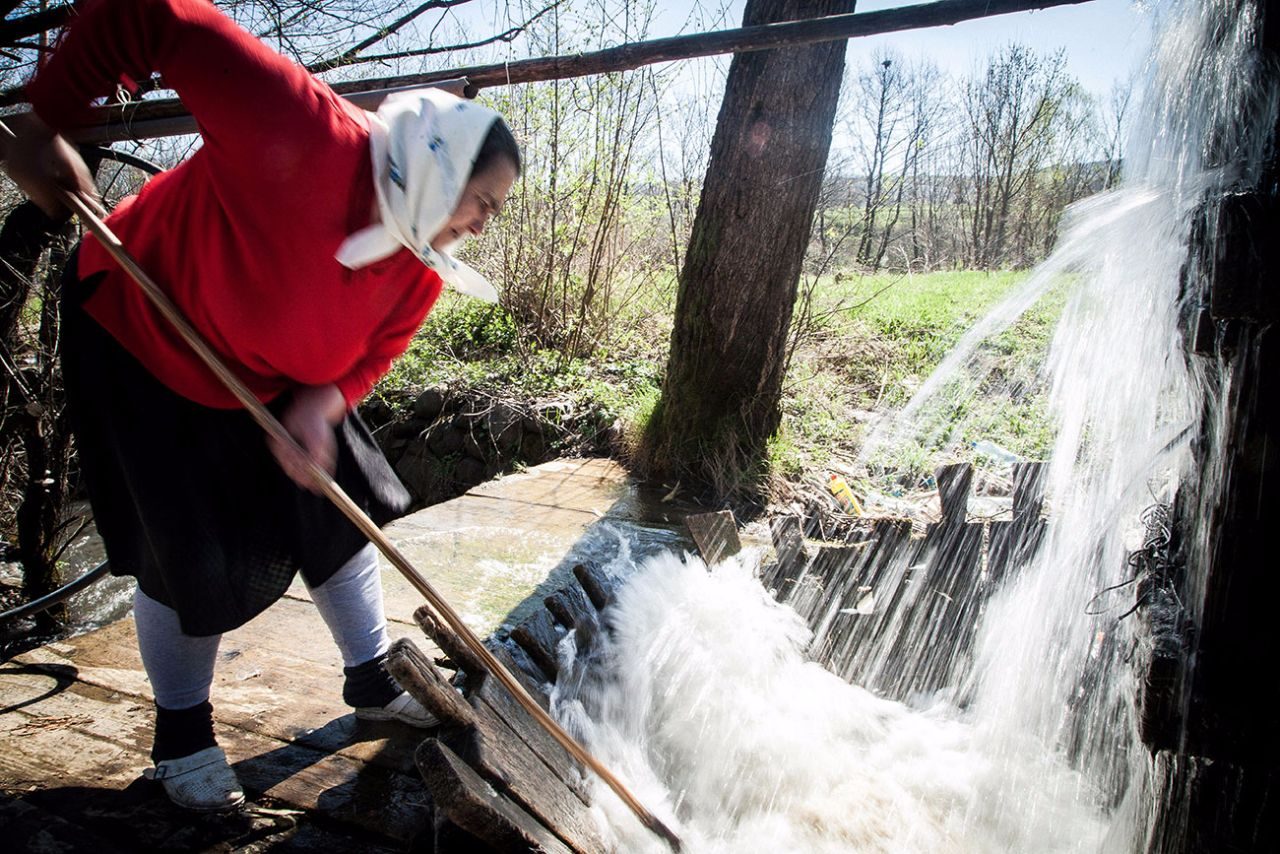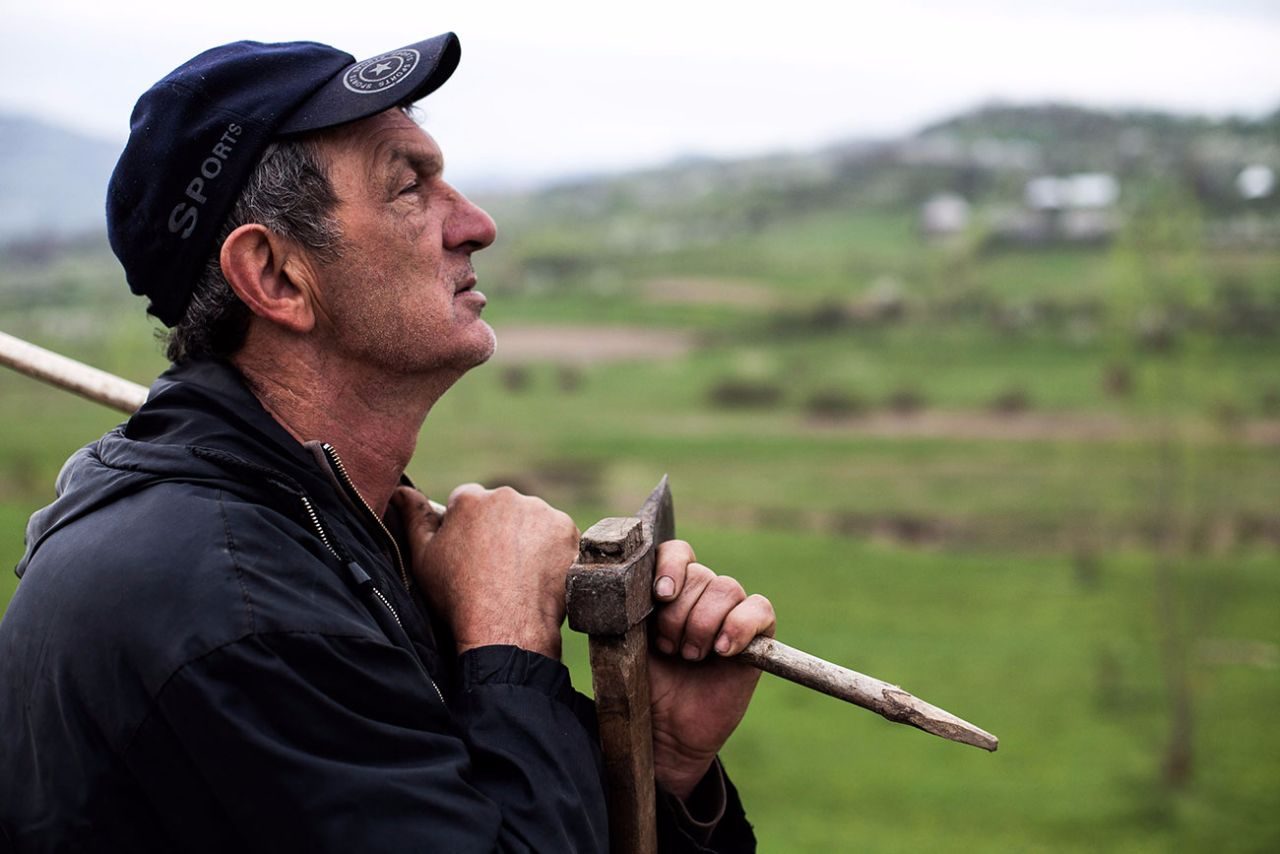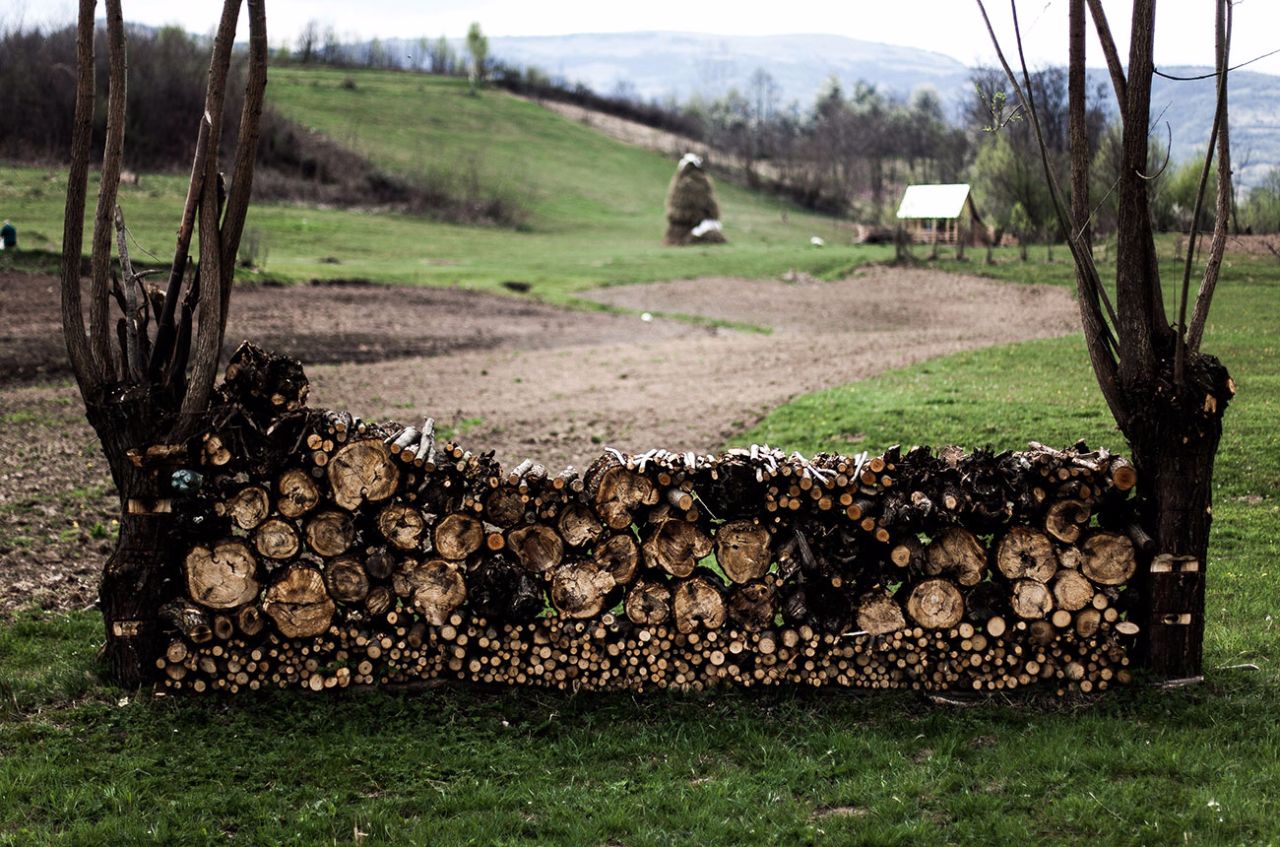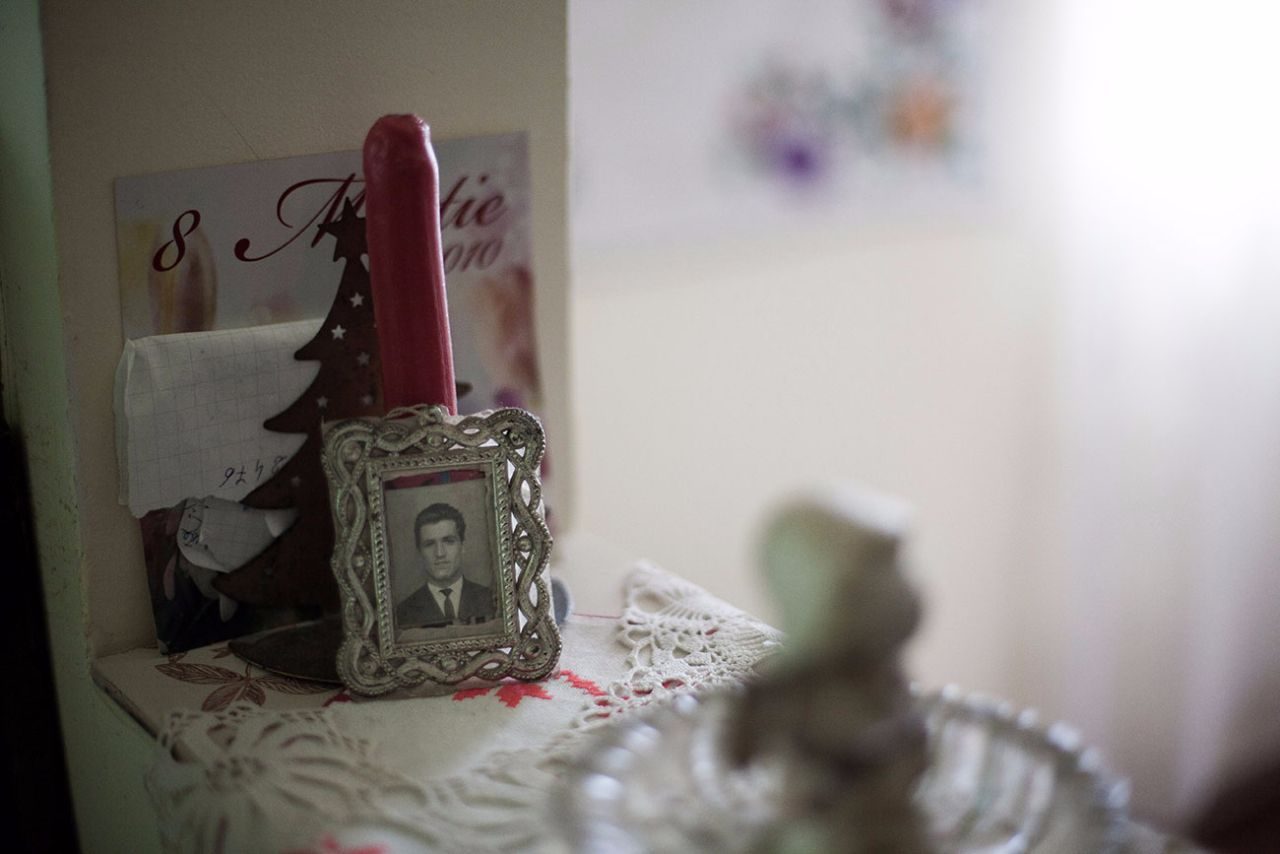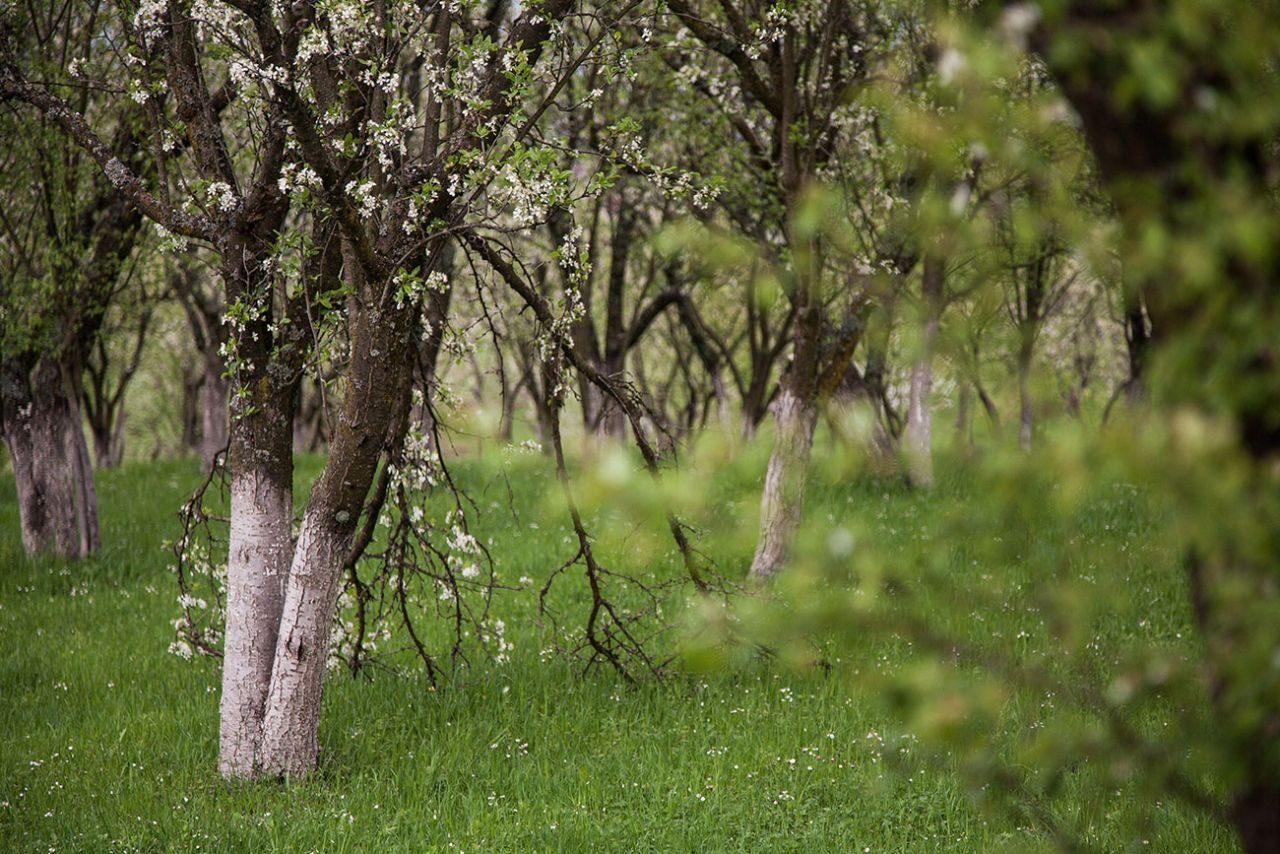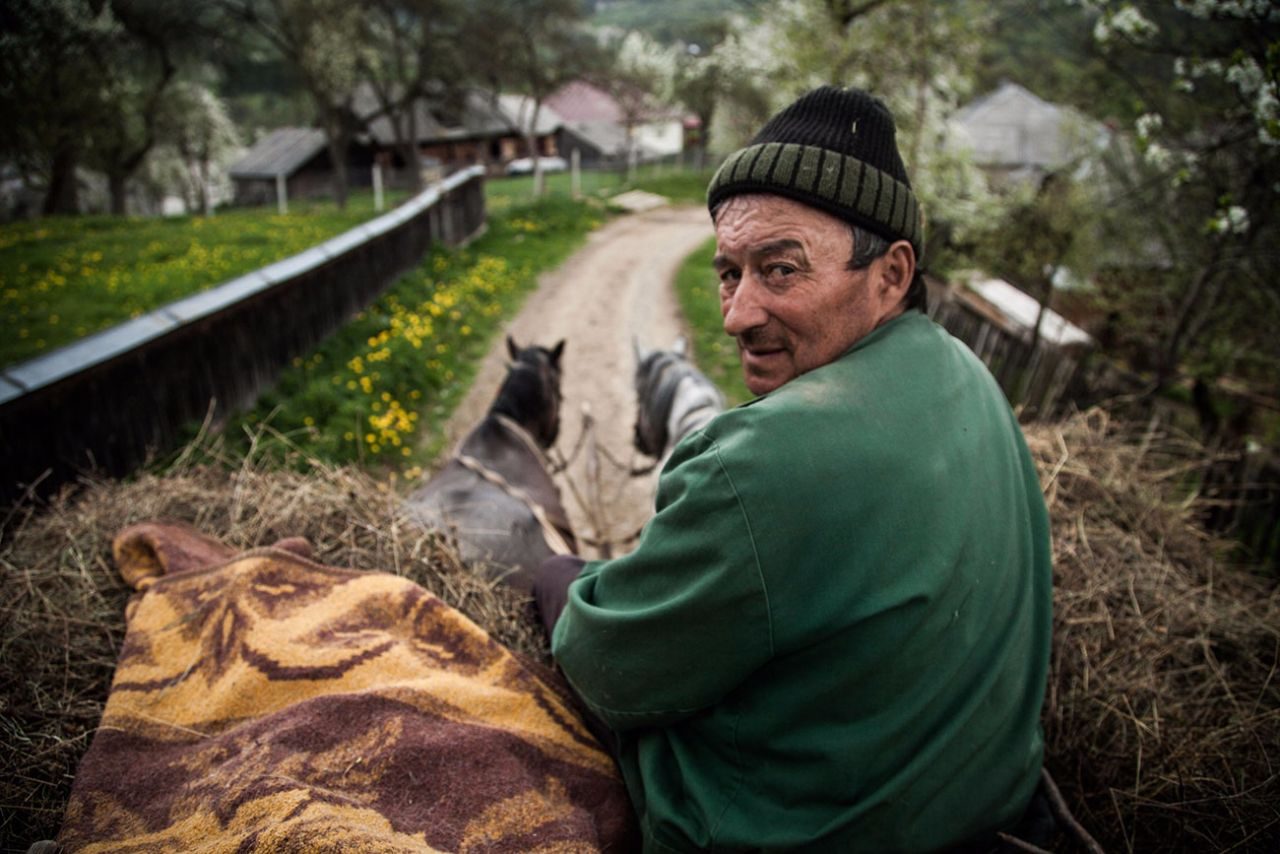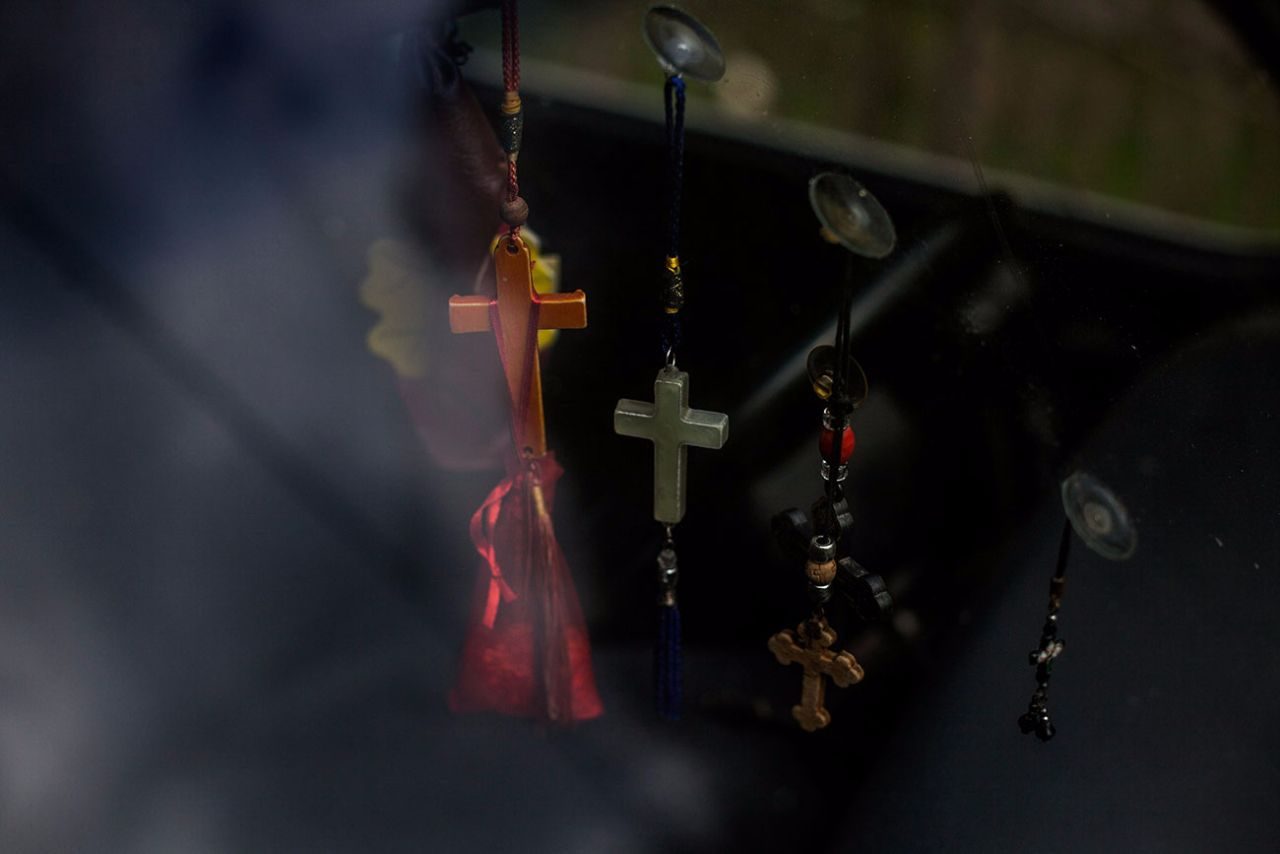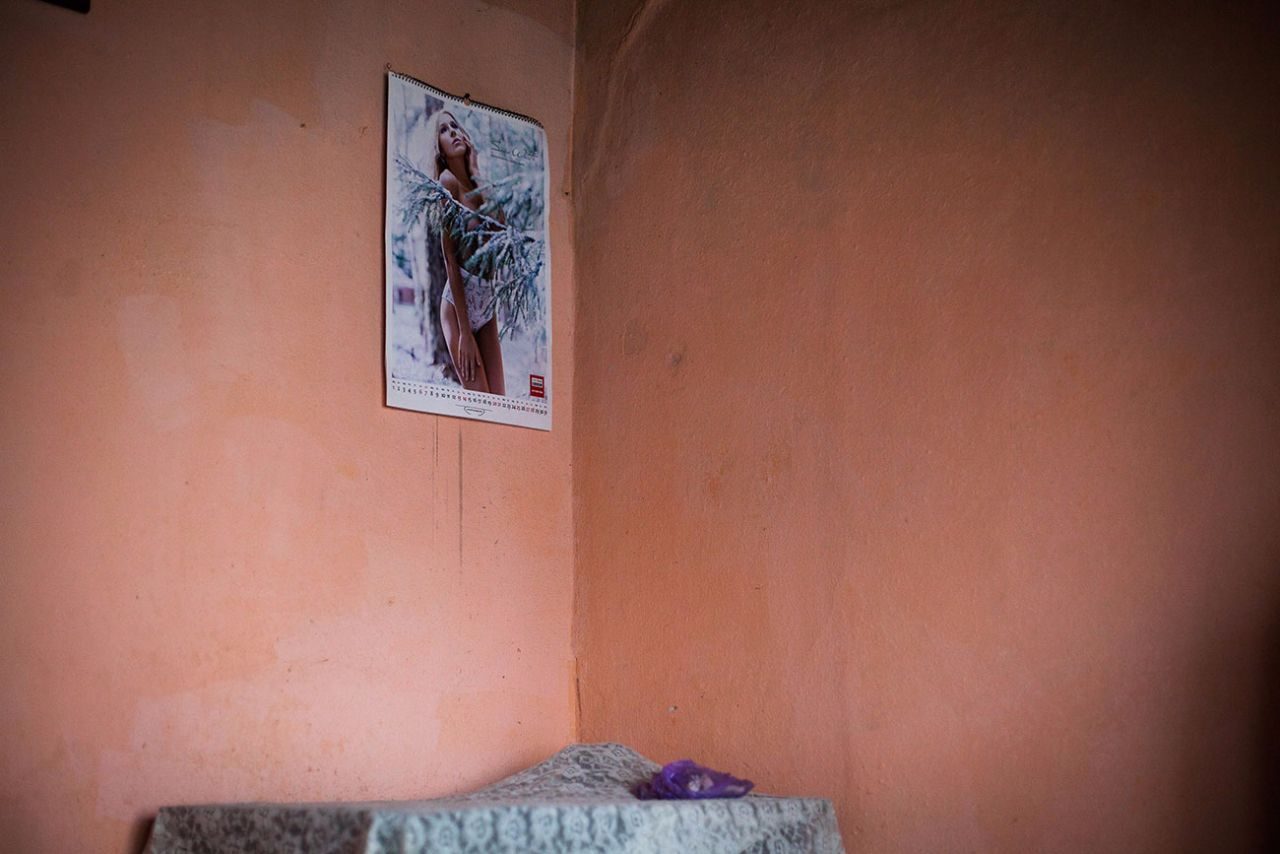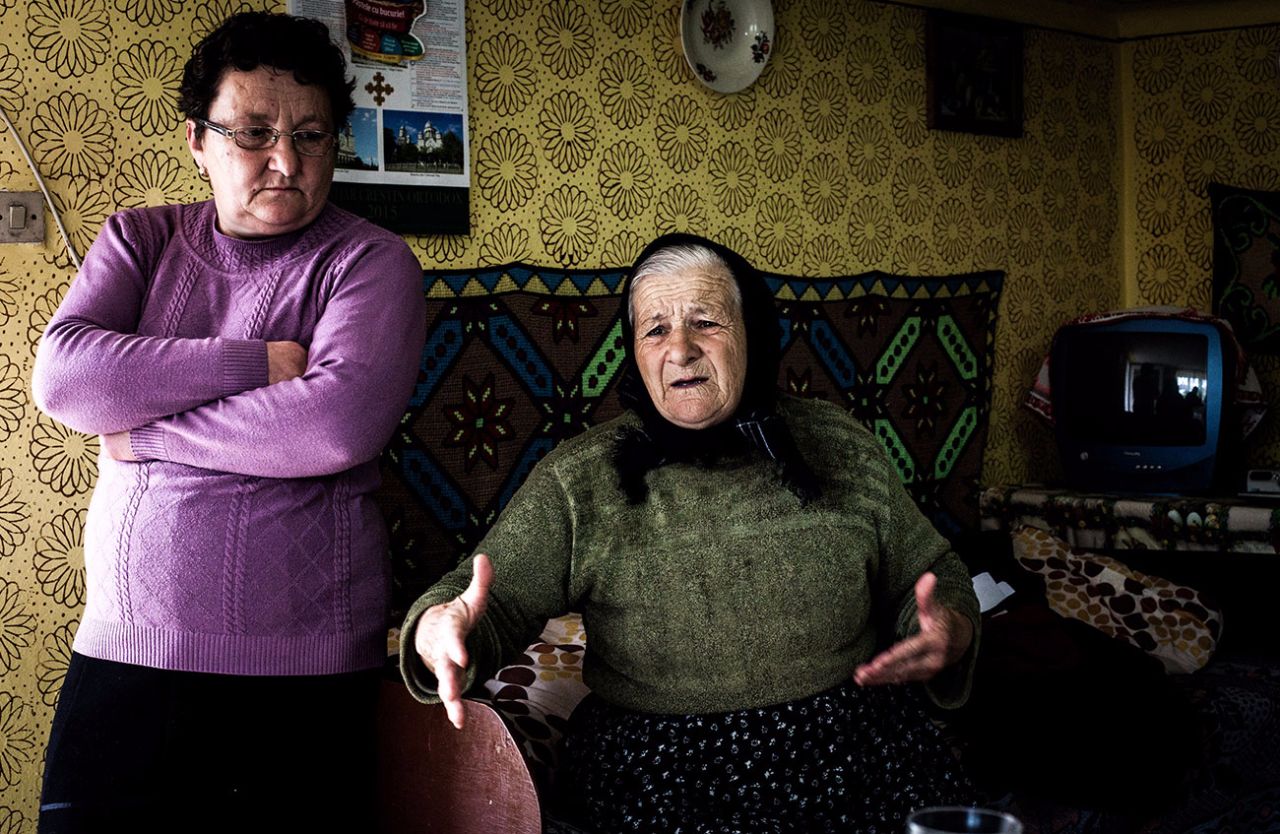The Hand’s Breadth Murders: Out-takes
Gus Palmer
This is a series of photographs I took while working with Adam Nicolson on ‘The Hand’s Breadth Murders’ in the rural Transylvanian area of Maramureș. Maramureș is a very traditional place, and on my first day out and about, my fixer Teo told me you could look all over the world without finding traditions that have lasted as long as the ones here. What’s even more distinctive about Romanian traditions is that they were never killed off during the twenty-four years of communism under the brutal dictator Ceaușescu. To this day you can drive through any given village in Maramureș and find women sitting out on hand-made gossip benches in full traditional regalia.
As Teo and I walked along the track, looking for the address of one of the people Teo had suggested we interview, Teo would greet gardeners outside each house we passed with ‘Hristos a înviat!’ – which translates into English as ‘Christ has Risen’. You would see a big smile appear on the face of the person Teo was greeting, and get a reply of ‘Adevărat a înviat’, which translates as, ‘Yes, Christ has risen’. This was a greeting used only for the months following Easter Sunday, and a way of establishing yourself as ethnic Maramureș, in touch with the land’s traditions.
One morning was spent chasing a lead Teo had gotten with the former Mayor of Săpânța. As we sat in her kitchen while she spun wool quietly into the floor, her husband came in, sat down and stared out of the window in silence. When we asked her whether she knew of any cases of murder that had occurred over a dispute of land, she simply replied, ‘I do not want to talk of bad things’, and that was that.
It is very easy to understand the angst older generations here have about the loss of tradition. In most villages traditional wooden houses are being crowded out by multiple-balconied, garishly-painted concrete buildings, erected with money from Western Europe. As people walk past they tutter at the open display of what they consider a ‘middle finger’ to the ways of village life. When I did happen to get invited into these houses, quite commonly the family still lived in one room and used an outside toilet.
It’s the same all over the world – the young are not interested in keeping traditions going. Heating a house from an open fire, making your own clothes and ploughing a field in the hot sun with a disobedient horse – it’s difficult to see the point. But keeping a traditional way of life going, like that in Maramureș, means a steady stream of tourists from all over, coming to experience a medieval existence in the modern world. One woman I visited said, ‘I can’t let you take any photos of me, my children who live in the city say they keep seeing me on the Internet!’
It’s hard to say what will become of this section of Transylvania. While I was there, there was a definite sense of hopelessness among the elderly that the young were not interested in continuing the traditional way of living. For my part, I have never seen a more unique way of life anywhere in Europe, or a community that holds more firmly to the values and principles of their ancestors than the people in and around the hills of Maramureș do.
Photographs © Gus Palmer


